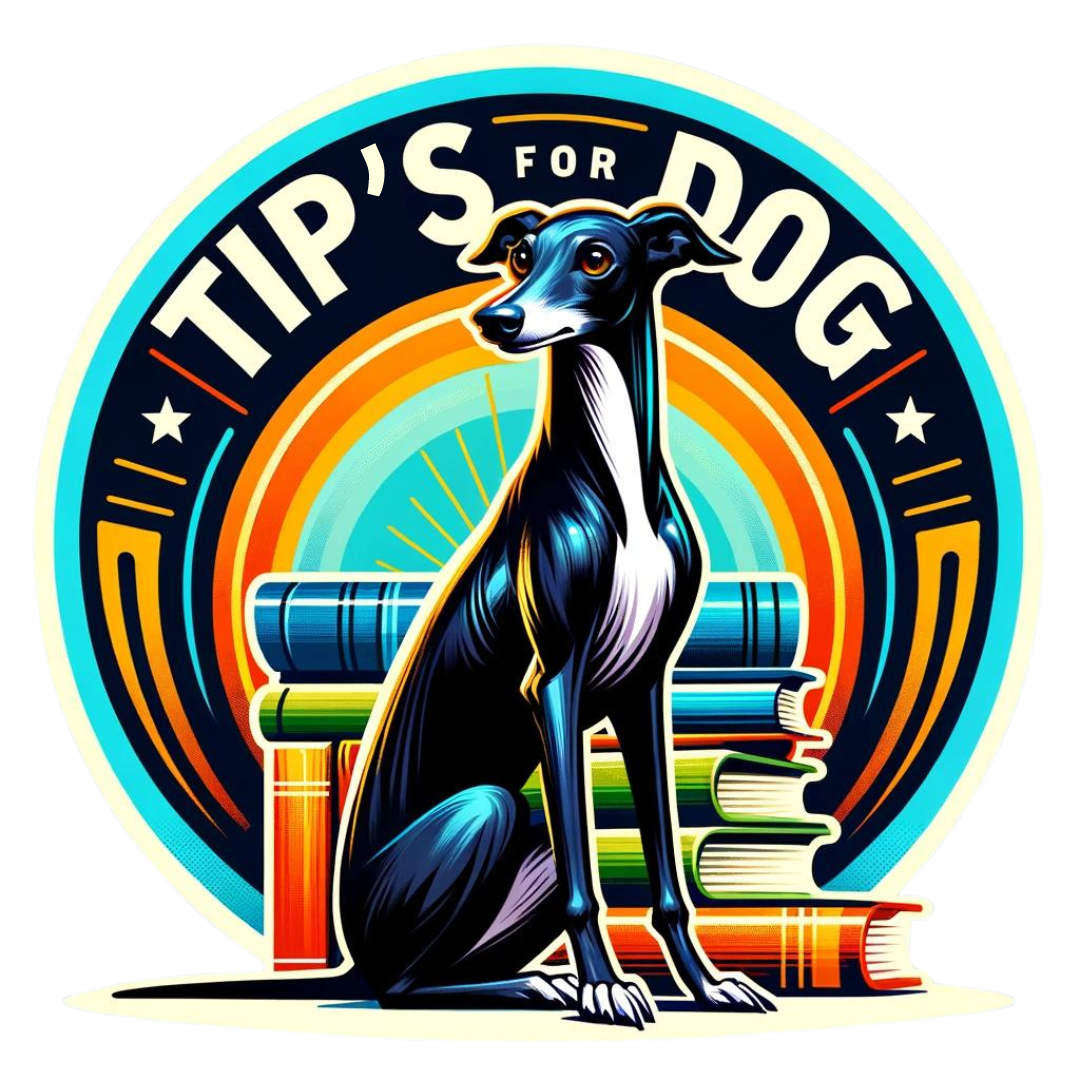Dogs, like humans, can experience stress and anxiety. It is essential for pet owners to be able to recognize when their furry friend is feeling anxious and know how to help them relax. Here are some top tips for calming your dog:
1. Identify the Triggers
The first step in calming your dog is to identify the triggers that are causing them to feel anxious. Common triggers include loud noises, being left alone, new environments, or meeting new people or animals. By identifying these triggers, you can take steps to avoid or minimize them to help keep your dog calm.
2. Create a Safe Space
Creating a safe space for your dog can provide them with a sense of security and comfort. This could be a cozy corner of a room, a crate, or a designated bed. Make sure this space is quiet, comfortable, and away from any potential stressors. Encourage your dog to retreat to this safe space whenever they are feeling anxious.
3. Exercise and Play
Regular exercise and playtime are essential for keeping your dog both physically and mentally healthy. Engaging in physical activity can help reduce stress and anxiety in dogs. Take your dog for daily walks, play fetch in the backyard, or engage them in interactive games to help them release pent-up energy and tension.
4. Practice Calming Techniques
There are several calming techniques that you can use to help relax your dog. These include gentle massage, aromatherapy, and music therapy. You can also try deep pressure therapy by using a weighted blanket or vest on your dog to provide a sense of security and comfort.
5. Use Positive Reinforcement
Positive reinforcement training can be an effective way to help calm an anxious dog. Rewarding your dog with treats, praise, or toys when they exhibit calm behavior can help them associate relaxation with positive experiences. This can ultimately help reduce their anxiety in stressful situations.
6. Consult a Professional
If your dog’s anxiety is severe or persistent, it may be beneficial to consult a professional animal behaviorist or veterinarian. They can help create a personalized plan to address your dog’s anxiety and recommend additional strategies or medications if needed.
By implementing these top tips for calming your dog, you can help create a peaceful and stress-free environment for your furry companion.

